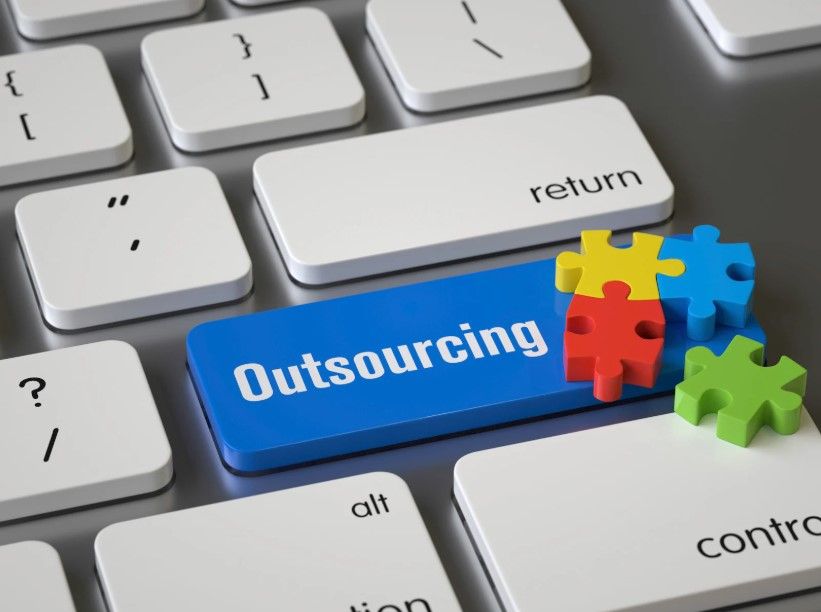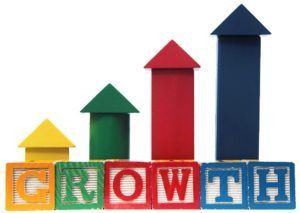From Burnout to Breakthrough: Smarter Resourcing in the AEC Industry
Let’s face it—AEC firms often pride themselves on handling everything in-house. It feels safe, dependable, and like the most logical way to maintain control and quality. After all, if your own people do the work, you can see them, direct them, and make changes on the fly.
But here’s the twist: doing it all internally may be the very thing holding your firm back. The workload is never steady. One month your team is sprinting at 150%, and the next, they’re sitting idle waiting for projects to land. Salaries, benefits, and overhead keep running regardless, turning what looked like a predictable expense into an unpredictable drain.
The reality is that “in-house only” comes with layers of hidden costs—some visible in your financials, others buried in culture and productivity. The good news? Firms that recognize these costs can pivot to smarter, more flexible resourcing models that lead to healthier teams and stronger bottom lines.
The Visible Tip of the Iceberg: Direct Costs
When leaders think about staffing, salaries are the first figure that comes to mind. But the “real cost” of one employee extends far beyond their paycheck. Once you add benefits, licenses, equipment, and office overhead, the number climbs quickly.
- Salary: ~$75,000
- Benefits (~30%): ~$22,500
- Software Licenses: ~$3,000
- Hardware & IT Support: ~$4,000
- Office Space & Utilities: ~$7,500
Total Approximate Cost: $112,000 per year for one employee.
Disclaimer: These are ballpark estimates for illustrative purposes. Actual costs vary by region, company size, and market conditions.
Now multiply this across a drafting team, a BIM group, and project coordinators. Suddenly, your annual operating costs balloon—even before you account for the unseen expenses we’re about to explore.
Key Takeaway
Direct costs are only the surface. What looks manageable in a budget sheet may not reflect the real financial picture once hidden expenses pile up.
The Hidden Bulk: Overhead Costs You Don’t See
Every iceberg has a dangerous side—the part lurking beneath the surface. For in-house teams, that’s overhead.
1. Recruitment & Onboarding
Finding the right people takes time and money. Between recruiter fees, job ads, and interview hours, the upfront investment is significant. Once a candidate is hired, onboarding can stretch for months before they reach peak productivity. During that period, you’re essentially paying full salary for half output.
2. Underutilization & Downtime
AEC is cyclical by nature. When a project finishes, it’s not always replaced immediately. Salaries continue whether projects are flowing or not, which means downtime quickly erodes profitability. Even worse, leaders sometimes push teams into “busywork” just to justify payroll, a tactic that drains morale.
3. Turnover & Attrition
According to SHRM, replacing a skilled employee costs 6–9 months of their salary. That’s before factoring in lost knowledge, the disruption of projects midstream, and the pressure placed on remaining staff to cover the gap.
4. Innovation Stagnation
If your high-value architects or engineers spend time drafting door schedules or redlining details, you’re paying premium talent to do low-value tasks. This not only misuses their skills but also risks stalling innovation and competitive advantage.
Key Takeaway
Overhead costs aren’t obvious on paper, but they steadily eat into profits. Recognizing these hidden drains is the first step toward a healthier resourcing strategy.
The Human Cost: Burnout and Culture
Spreadsheets don’t capture the human impact of “in-house only.” Yet burnout has arguably the greatest long-term cost.
When teams are consistently overloaded, errors creep in, rework increases, and client satisfaction suffers. Beyond the immediate issues, burnout diminishes creativity and makes top talent more likely to leave. Once morale dips, the cycle of attrition accelerates—further raising costs.
Burnout doesn’t just harm individuals; it weakens the entire firm. Your people are your brand. If they’re disengaged, it shows in every client interaction and every deliverable.
Key Takeaway
Burnout isn’t a “soft issue.” It’s a financial and cultural drain that reduces quality, productivity, and retention.
The Smarter Alternative: Strategic Outsourcing
Outsourcing isn’t about cutting corners or replacing your in-house team—it’s about building a flexible, scalable support model that works alongside your internal talent. When executed well, it transforms resourcing from a fixed liability into an adaptable advantage.
Benefits include:
- Cost efficiency: Pay only for productive hours, not idle time.
- Scalability: Add resources during project surges; scale down when work slows.
- Specialized expertise: Outsourcing partners often bring deep, up-to-date knowledge in drafting, BIM, or project documentation.
- Employee satisfaction: Freeing your in-house team from repetitive tasks lets them focus on design, innovation, and client engagement.
Real-world example: A mid-sized architecture firm that partnered with external BIM support reduced overtime costs by 30% in six months. More importantly, their senior architects reported greater job satisfaction as they could focus on design instead of technical backlog.
Key Takeaway
Outsourcing done right isn’t about cost-cutting—it’s about growth, balance, and enabling your team to operate at their best.
Making It Work: Choosing the Right Partner
Not all outsourcing is created equal. The wrong partner can create miscommunication, inconsistent quality, and additional headaches. The right partner, however, integrates seamlessly with your workflows and feels like a true extension of your team.
They should:
- Understand AEC standards and industry-specific workflows.
- Offer transparent communication across time zones.
- Commit to quality control and deliverables that match your expectations.
- Scale with you, not against you.
This is where ADDMORE Services comes in. With years of proven experience supporting AEC firms across the US, UK, and Australia, ADDMORE delivers tailored BIM, drafting, and documentation solutions. Instead of acting as a vendor, they become an embedded partner—helping you reduce hidden costs, keep projects on track, and empower your internal team to thrive.
Final Thoughts
The “in-house only” model may have once felt like the gold standard, but in today’s dynamic AEC landscape, it often proves to be the most expensive and risky. From recruitment costs to burnout, the hidden drains are too significant to ignore.
By adopting a hybrid model that blends in-house expertise with external support, firms can reclaim balance. This approach not only saves money but also improves culture, boosts innovation, and strengthens client relationships.
In short: firms that embrace smarter resourcing strategies don’t just survive—they set themselves up to thrive in a competitive marketplace.
Key Takeaway
The path from burnout to breakthrough starts with rethinking resourcing. When firms balance in-house strength with outsourcing flexibility, they unlock growth and long-term resilience.













